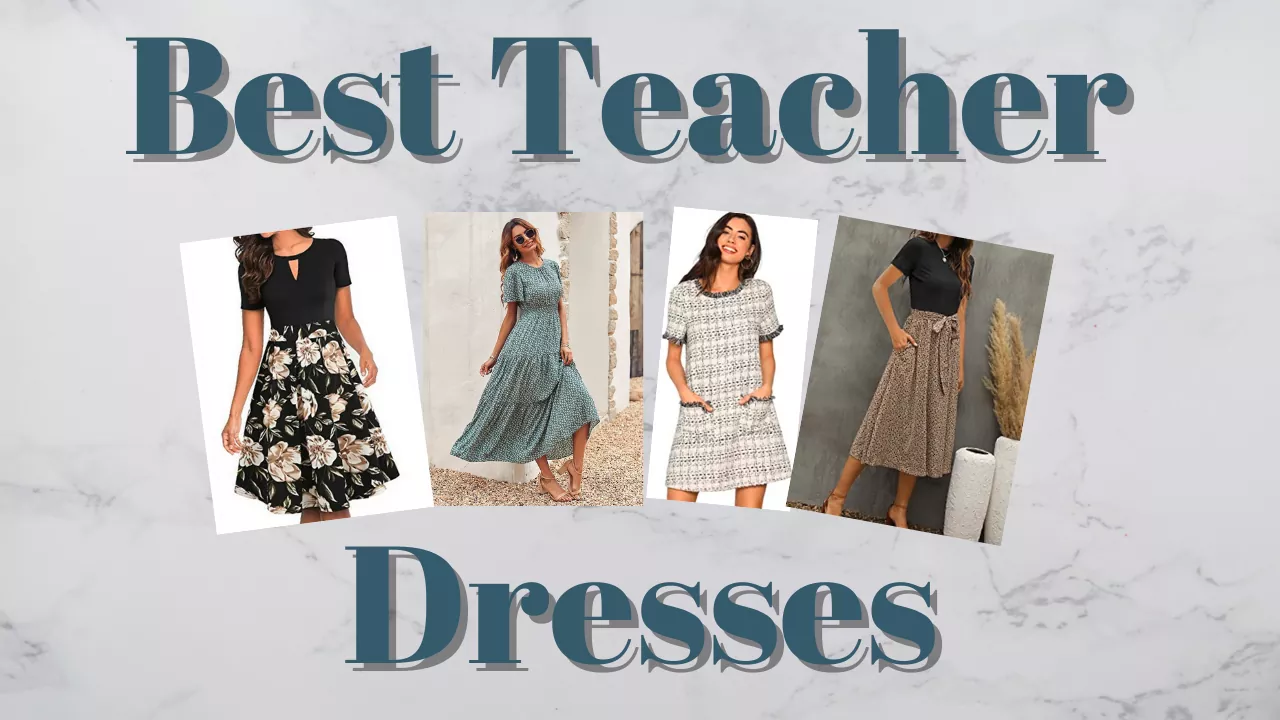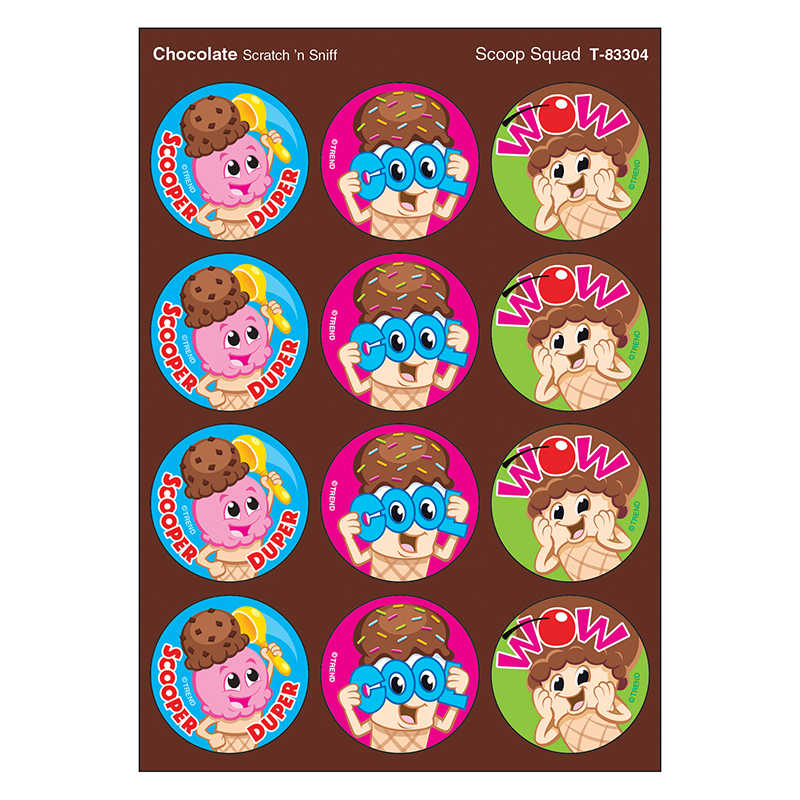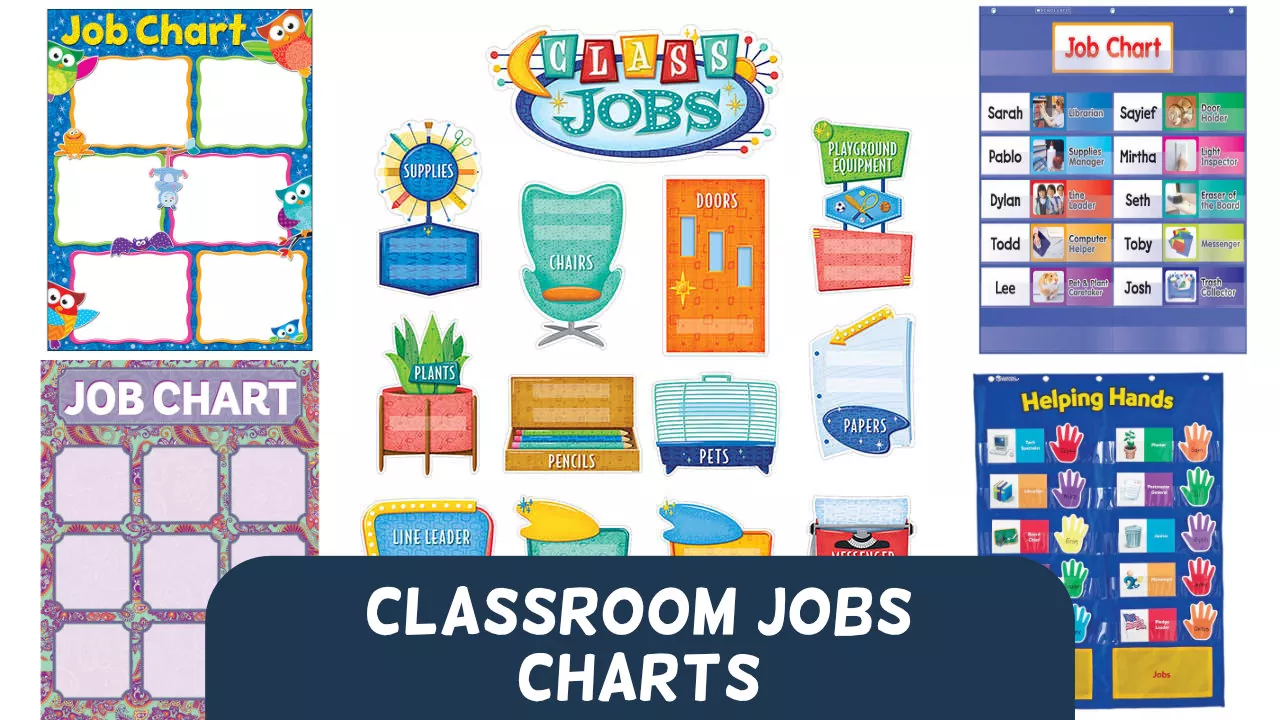THREE PIGGY OPERA
Table of Contents
Preface – 1
Introduction to “Three Piggy Opera” – 2
Music – 3
Gross Motor/Movement and Dramatic Play – 4
Art – 5
Rehearsal – 6
Rehearsal and Performance – 7
Illustration for Set and Staging – 8
Musical Score, Lyrics, and Narration – 9
Overture – 10
Mother Pig’s Song (Aria) – 11
Pig-to-Peddler Song and Straw Peddler’s Song – 12
Stick Peddler’s Song, Brick Peddler’s Song and Wolf’s Song – 13
Pig’s Reply (No Way Song) and Wolf’s Huff Song – 14
Finale – 15
Lyrics to Songs – 16
Narration and Placement of Songs – 20
Related Learning Experiences – 24
Author(s) Carol Kaplan and Sandi Becker
WORKSHEET & Sample PDF Activity
Sample PDF Activity
MUSIC
Once the children become familiar with the different songs for the opera, begin to explain that each song has a function and a special classification that applies to songs in all operas. Certain songs in “Three Piggy Opera” illustrate particular musical forms in opera. The children will enjoy learning the terminology. Refer to the MUSICAL SCORE, LYRICS, AND NARRATION section, which follows this guide.

Terms – Definitions (Songs)
Overture – A musical introduction to an opera which tells a little about it (Overture)
Recitative – Words without rhyme put to music; a regular sentence in song (Wolf’s Huff Song)
Solo – One person singing (First pig singing “Pig’s Reply Song”)
Duet – Two people singing together (Two pigs singing “Pig’s Reply Song”)
Trio – Three people singing together (Three pigs singing “Pig’s Reply Song”)
Aria – An emotional song sung by one singer where thoughts are conveyed (“Mother Pig’s Song” (Empty Sty Song))
Finale – An upbeat conclusion (Finale)
Coda – A little extra after the end (Optional coda)
Bring in simple instruments. Allow the children to make different sounds and rhythms. Let them play along while they practice the songs of the opera. Have some of the children be the singers and some be the musicians. Discuss the problems involved with the singers and musicians trying to perform together. Explain to them that opera and other forms of musical drama have both singers and instruments.
Another interesting activity would be to compare three different stories about wolves. For example, compare the wolf in “Peter and the Wolf” to the wolf in “Three Piggy Opera,” and then compare them both to the wolf in “Little Red Riding Hood.” The wolves in “Peter and the Wolf” and “Three Piggy Opera” are represented in musical form. Have the children create a single song for the wolf in “Little Red Riding Hood.” Are the wolves the same or different? Is the music the same or different?
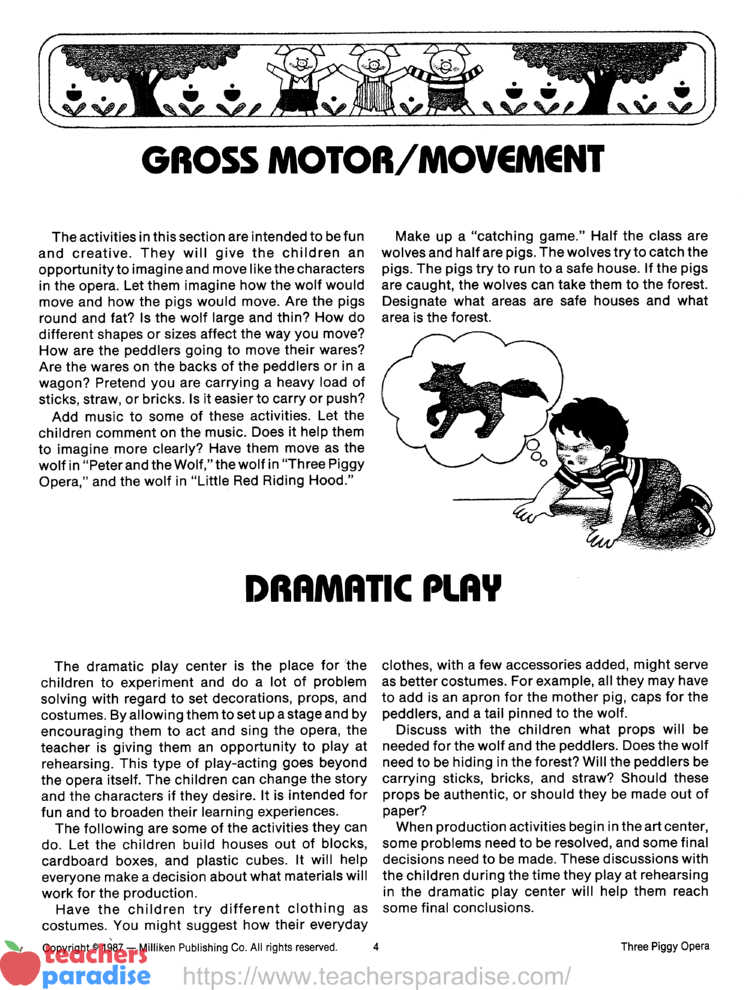
GROSS MOTOR/MOVEMENT
The activities in this section are intended to be fun and creative. They will give the children an opportunity to imagine and move like the characters in the opera. Let them imagine how the wolf would move and how the pigs would move. Are the pigs round and fat? Is the wolf large and thin? How do different shapes or sizes affect the way you move? How are the peddlers going to move their wares? Are the wares on the backs of the peddlers or in a wagon? Pretend you are carrying a heavy load of sticks, straw, or bricks. Is it easier to carry or push?
Add music to some of these activities. Let the children comment on the music. Does it help them to imagine more clearly? Have them move as the wolf in “Peter and the Wolf,” the wolf in “Three Piggy Opera,” and the wolf in “Little Red Riding Hood.”
Make up a “catching game.” Half the class are wolves and half are pigs. The wolves try to catch the pigs. The pigs try to run to a safe house. If the pigs are caught, the wolves can take them to the forest. Designate what areas are safe houses and what area is the forest.
DRAMATIC PLAY
The dramatic play center is the place for the children to experiment and do a lot of problem solving with regard to set decorations, props, and costumes. By allowing them to set up a stage and by encouraging them to act and sing the opera, the teacher is giving them an opportunity to play at rehearsing. This type of play-acting goes beyond the opera itself. The children can change the story and the characters if they desire. It is intended for fun and to broaden their learning experiences.
The following are some of the activities they can do. Let the children build houses out of blocks, cardboard boxes, and plastic cubes. It will help everyone make a decision about what materials will work for the production.
Have the children try different clothing as costumes. You might suggest how their everyday clothes, with a few accessories added, might serve as better costumes. For example, all they may have to add is an apron for the mother pig, caps for the peddlers, and a tail pinned to the wolf.
Discuss with the children what props will be needed for the wolf and the peddlers. Does the wolf need to be hiding in the forest? Will the peddlers be carrying sticks, bricks, and straw? Should these props be authentic, or should they be made out of paper?
When production activities begin in the art center, some problems need to be resolved, and some final decisions need to be made. These discussions with the children during the time they play at rehearsing in the dramatic play center will help them reach some final conclusions.
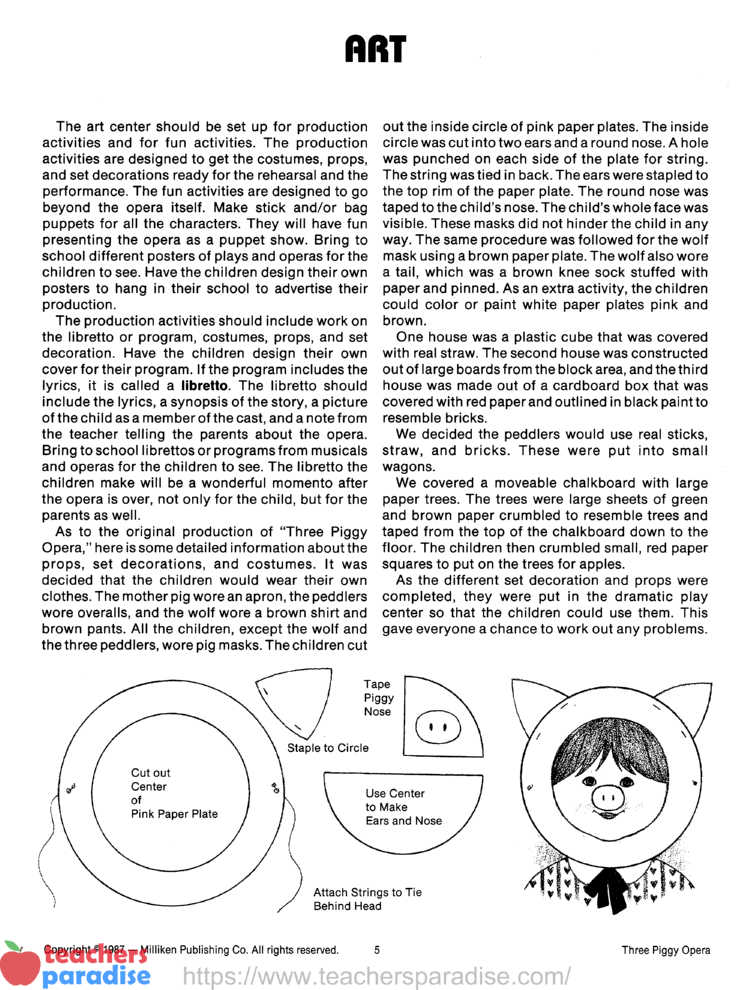
ART
The art center should be set up for production activities and for fun activities. The production activities are designed to get the costumes, props, and set decorations ready for the rehearsal and the performance. The fun activities are designed to go beyond the opera itself. Make stick and/or bag puppets for all the characters. They will have fun presenting the opera as a puppet show. Bring to school different posters of plays and operas for the children to see. Have the children design their own posters to hang in their school to advertise their production.
The production activities should include work on the libretto or program, costumes, props, and set decoration. Have the children design their own cover for their program. If the program includes the lyrics, it is called a libretto. The libretto should include the lyrics, a synopsis of the story, a picture of the child as a member of the cast, and a note from the teacher telling the parents about the opera. Bring to school librettos or programs from musicals and operas for the children to see. The libretto the children make will be a wonderful momenta after the opera is over, not only for the child, but for the parents as well.
As to the original production of “Three Piggy Opera,” here is some detailed information about the props, set decorations, and costumes. It was decided that the children would wear their own clothes. The mother pig wore an apron, the peddlers wore overalls, and the wolf wore a brown shirt and brown pants. All the children, except the wolf and the three peddlers, wore pig masks. The children cut out the inside circle of pink paper plates. The inside circle was cut into two ears and a round nose. A hole was punched on each side of the plate for string. The string was tied in back. The ears were stapled to the top rim of the paper plate. The round nose was taped to the chi I d’s nose. The chi I d’s whole face was visible. These masks did not hinder the child in any way. The same procedure was followed for the wolf mask using a brown paper plate. The wolf also wore a tail, which was a brown knee sock stuffed with paper and pinned. As an extra activity, the children could color or paint white paper plates pink and brown.
One house was a plastic cube that was covered with real straw. The second house was constructed out of large boards from the block area, and the third house was made out of a cardboard box that was covered with red paper and outlined in black paint to resemble bricks.
We decided the peddlers would use real sticks, straw, and bricks. These were put into small wagons.
We covered a moveable chalkboard with large paper trees. The trees were large sheets of green and brown paper crumbled to resemble trees and taped from the top of the chalkboard down to the floor. The children then crumbled small, red paper squares to put on the trees for apples.
As the different set decoration and props were completed, they were put in the dramatic play center so that the children could use them. This gave everyone a chance to work out any problems.














